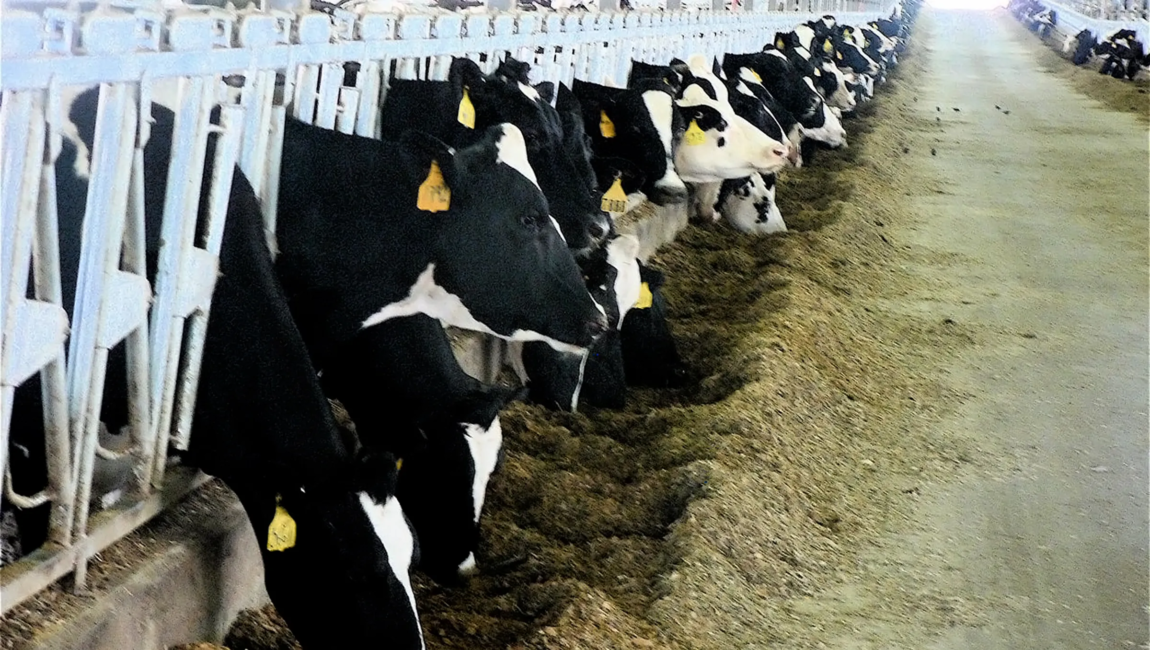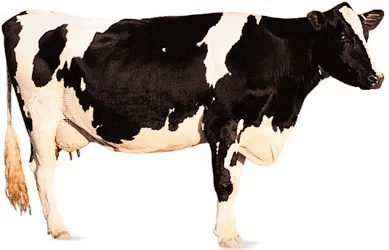Cattle are a major source of livelihood for the indigenous cattle owners of the tropics of Nigeria for instance and other parts of the world. Attempts to improve and increase the productivity of cattle are an important route to improving the standard of living and nutritional status of both the owner and the entire country.
This is achieved through the supply of meat and milk. Drought power, Manure, Blood meal, social functions. e.g. mobile banks, insurance against crop failures, etc.
Read Also: Management of Breeding Stock in Cattle
Origin and History of Domestication of Cattle
The family of animals that includes all types of domestic cattle is known as the Bovidae. There are two types of domestic cattle in the world which are: Bos Taurus (humpless cattle) and Bos indicus (humped cattle).
Hamitic longhorn and shorthorn types of cattle are behaved to be the ancestors of all the B. Taurus bruds. The origin of the humped cattle or Zetu is in Western Asia. Hamitic longhorn, short horn, and Zebu-type cattle were all introduced to African immigrants from Western Asia.
Importance of Cattle
1. Meat and milk supply: Cattle play an important role in improving over 70% meat demands of Nigerians for instance while its milk is the most accepted when compared to other ruminants.
2. Draught power: Cattle are a very important source of farm power in Nigeria and different parts of the world at different times. This is accessible to peasant farmers who cannot afford mechanized farm power.
It has greatly reduced dependence on mechanized farm power which is very costly. It has enhanced the volume of crop production in the area of use and reduced drudgery in farming operations.
3. Manure: Cattle dung maintains soil fertility, Farm yard manure which consists of cattle fecal materials could be used to fertilize the soil. Cattle dung is a rich source of N.P.K. and in mixed farms can reduce the cost of fertilizer.
4. Blood meal, hooves, and horns: Hooves and horns of cattle are fibrous proteins used in gum industries. Blood meal and bone meal are used in feeding farm animals.
5. Farm diversification: Cattle provide desirable farm diversification. They produce milk and meat, while by-products (residues) of the crops are fed to the animals. Keeping the farmer productive all year round.
6. Social Function: Maintain and uplift prestige based on the number of cattle. It represents the position of the owner and the family in the society. Cattle are seen as a measure of the status of the owner in society, as mobile banks by nomads, as insurance against crop failures by mixed farmers, and as items of religious worship and marriages by various groups of traditionalists.
Read Also: The Reproductive Rate of Cattle
Classification of Cattle

Based on utility, cattle are withered milk type (Dairy), beef type, draught type or multipurpose type.
1. Dairy cattle: They are narrow in body conformation, with wide hindquarters. The udder or mammary glands are large and well-developed, the top line should be straight, wedge-shaped.
Dairy cattle are generally more docile due to many generations of selection and handling. There are rarely any African breeds that are uniquely recognized for dairying.
2. Beef cattle: They are blocky, rapid growth rate, more aggressive than dairy. The best-known African cattle is the Boran found in East Africa. An important feature of this is a low skeletal proportion relative to the muscle. This ensures a high killing out of percentage.
3. Draught cattle: Are hardy able to take a lot of stress during work. They are docile, and are found more in sedentary agrarian societies of Asia and Africa. Most of the breeds in West Africa, East Africa, and South East Asia are convertible into fraught breeds. Such conversion may require the castration of young bulls to increase docility.
4. Multi-purpose cattle: In the less well-developed areas of the world, cattle have not been selected for a single purpose, the owners device roles for these animals as the need arises. Cattle could be dual purpose producing meat and milk, meat and power, or power and milk.
In summary, cattle (large ruminants) contribute greatly to the nation’s meat and milk supply. The Bos Taurus (humpless cattle) are regarded as temperate breeds while the Bos indecus (humped cattle) are regarded as tropical breeds.

